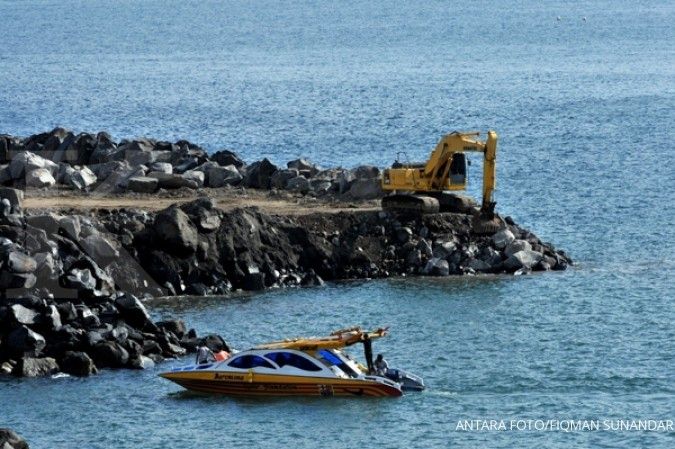JAKARTA. Balikpapan, Surakarta, Malang, Yogyakarta, Palembang, Makassar and Bandung have been named the country’s most livable cities in the 2014 Most Livable City Index, a survey by the Indonesian Association of Planners (IAP).
The survey, which was conducted in 17 cities across the archipelago, shows that 63.6 percent of overall respondents were satisfied with the cities’ quality of living, with Balikpapan, the business capital of East Kalimantan, rated the highest as 71.12 percent of its residents said the city was comfortable.
Audrie Napitupulu, 27, a communications staff member at a multinational company in Balikpapan, was surprised to find in her first few days in the city that foods, hangout spots and sports facilities there were comparable to those available in Jakarta, and were beyond her expectations.
“The quality of life is definitely higher [than in Jakarta]. Here you can do a lot more things in a day and the facilities are good,” said Audrie, who recently moved from Jakarta to Balikpapan, where foreign and domestic companies, mostly in the coal and oil sectors, have been carrying out business for dozens of years.
“As you take your first steps in the city at the airport, it becomes clear that Balikpapan [is livable].” Sepinggan Airport in Balikpapan was expanded last year due to overcapacity and renovations made more the airport modern-looking.
Separately, Indra Prasadi, 24, a Bandung-based architect, said a lot of aesthetic improvements had been made to the capital city of West Java, since Mayor Ridwan Kamil was elected to office in 2013.
“His background as a renowned architect has helped him transform Bandung into a much more interesting city,” Indra said. “For example, the establishment of themed city parks, such as Taman Jomblo [Single People’s Park] and Taman Musik [Music Park], which offer their own uniqueness.”
The city’s poor transportation system, however, remained a problem for most of its residents, he said. “I also regret the fact that Bandung, once famous for its groups of art deco buildings, is best-known as a shopping destination.”
Elok Kurniasari, 30, a private sector employee who has lived in Malang since she was a child, said the affordable cost of living in Malang was one of the most important aspects that made the city a comfortable place to live.
“Malang also has adequate public transportation that operates until very late at night,” Elok said. “Since Malang is now growing into a busier city, I really hope the administration improves the city’s transportation system soon.”
The survey, which involved a total of 1,000 respondents with a 2 percent margin of error, placed Malang in second place alongside Surakarta, following Balikpapan, with 69.3 percent of its respondents saying that the city was livable, higher than the national index of 63.6 percent.
IAP chairman Bernardus Djonoputro said that despite their “livable” status, the top seven cities still dealt with classic problems surrounding their transportation systems, infrastructure quality and high cost of living. “This survey is conducted to measure the residents’ quality of living, not to compare one city to another,” he said.
He said that in IAP’s studies in 2009 and 2011, almost half of Indonesian citizens felt their cities were not livable. “This year’s result is higher than our past results. But we could not use it as a comparison because we surveyed more respondents and cities this year.”
During the opening ceremony of the 24th Eastern Regional Organization of Planning and Housing (EAROPH) World Congress, Public Works Minister Djoko Kirmanto said the number of urban inhabitants had tripled in the last four decades. Metropolitan cities such as Jakarta, Surabaya, Bandung, Medan, Palembang and Makassar remain attractive for people from rural areas wishing to migrate.
Quoting Central Statistics Agency data, he said the number of people living in urban areas accounted for 49.8 percent of Indonesia’s total population of 237.6 million in 2010, and was estimated to grow to 68 percent by 2025. (Nadya Natahadibrata)
/2012/01/08/1528624557p.jpg)










